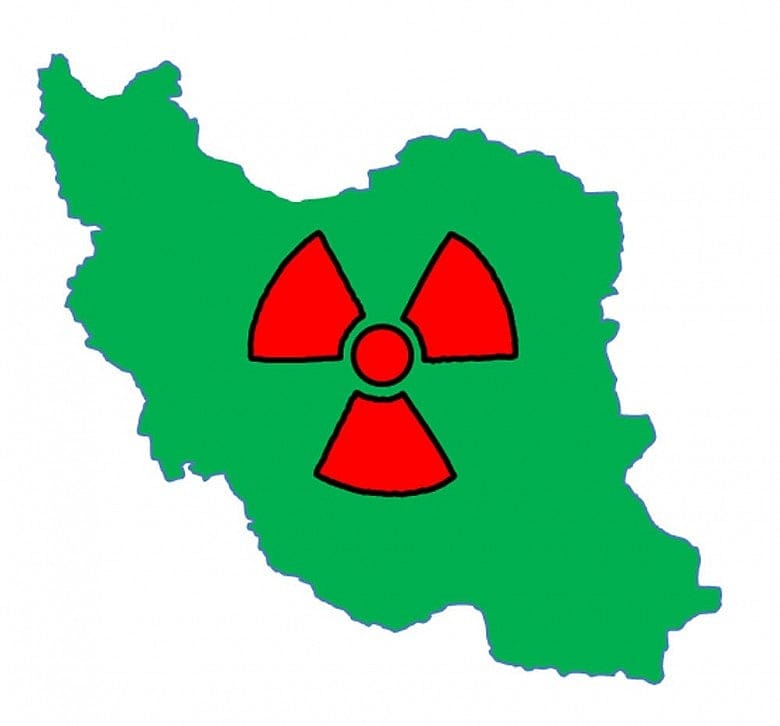Russian-made missiles deployed at Iranian underground site kept open under nuclear deal

(CNSNews.com) – Iran has installed sophisticated Russian-made surface-to-air missile launchers at a secretive nuclear facility which the Obama administration contends has been rendered harmless under the nuclear deal.
The negotiated agreement allowed the regime to keep the underground uranium enrichment plant at Fordow – a reversal of a stance taken earlier by the U.S. and its negotiating partners – but heavily proscribed what activity may take place there.

